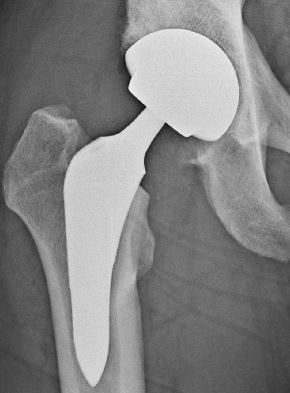Total Hip Replacement
Background
The hip is an important joint in our everyday life, we use our legs constantly as our legs can hold our weight as we walk and get around to places. Arthritis is often found in the older generation and this tends to lead to a total hip replacement. This is because the cartilage tends to wear down causing the bone of the femoral head to grind against the acetabular bone causing pain and stiffness. The total hip replacement will help give future relief to the patient.
Treatment
There are a few different types of total hip replacement. Dr. Lee’s preferred approach, although more technically demanding, is the direct anterior approach. This is preferred because there is no take down of muscle, there is less risk of postoperative dislocation and no hip precautions are needed after surgery.
In a direct anterior approach, muscles around the hip are merely moved out of the way during the surgery. In contrast, with a posterior approach, tendons around the hip must be removed and then repaired in order to access the joint. Also, the posterior capsule of the hip joint must be opened to access the hip which puts the patient at risk for posterior hip dislocations. Thus, in a posterior approach there are limitations in how one can move the hip and therapy is required to strengthen the surrounding muscles which can take around 3 months before the hip precautions are removed.
For information on what to expect before, during and after surgery, please see the below power point presentation.

